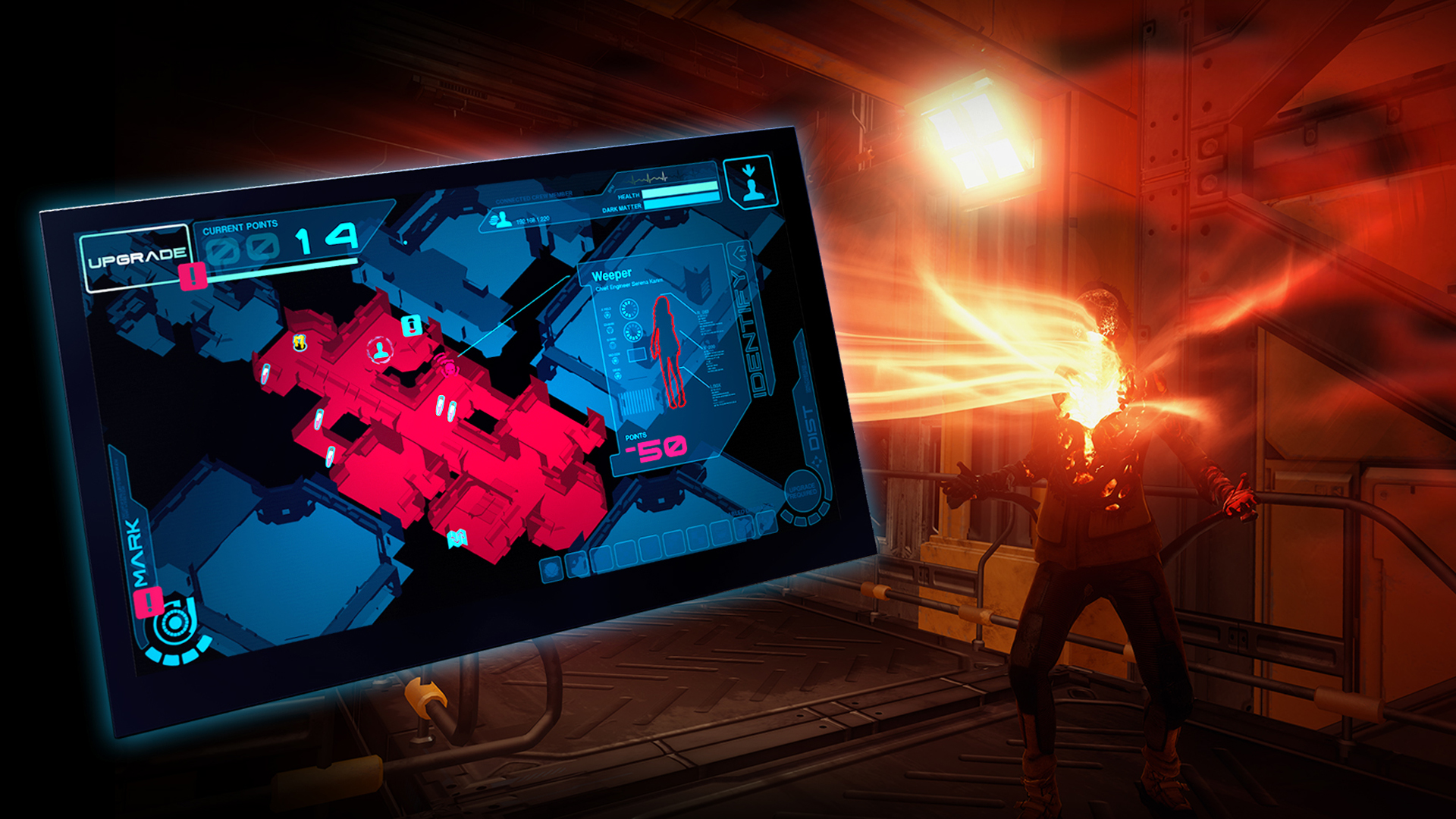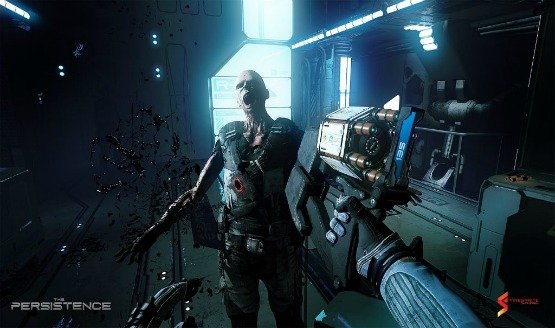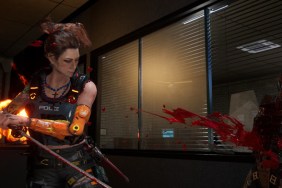In The Persistence everyone is dead, including you! Having been negatively affected by a black hole, your spaceship’s system is in disarray. Worst of all, the clone printer has malfunctioned, creating mutant versions of your dead shipmates. Developed by Firesprite Games, The Persistence presents a straightforward challenge to its players: “Can you stay alive long enough to save The Persistence [and return to earth]?” The answer is probably not. This rogue-like, VR exclusive, sci-fi stealth, survival horror game is a mouthful of genre combinations and a handful to get through.
Rogue-like but Not as You’d Expect
The game begins in an ominous and grandiose manner as you levitate through space and into the bridge of the ship. Immediately you are guided in audio form by someone named Serena. She starts things off by instructing you to gather DNA from your own corpse. This means grabbing the nearby Harvester (which serves as your standard weapon in the game) and extracting stem cells from your lifeless body. It’s a horrifying introduction for what’s to come, and one of my favorite moments early on in the game.
Logistically speaking, this game is played with the DualShock controller and has various comfort settings so that players, at all VR levels, can enjoy the game (hopefully) without experiencing any dizziness or nausea. Serena serves as a sort of guide for security officer Zimiri (the player) throughout the game and, early on, she helps players get the tutorial benefits without the dullness of an isolated tutorial level or mode. It’s well integrated, and I appreciated the relatively non-invasive helping hand.
With each death, you must print yourself a new body, which respawns you into the Recovery room of the ship. But your memories and personality are always kept in tact so you’re always Zimiri but in a different host. The game is broken into five missions across different decks on the ship. Unlike many procedurally-generated games, you’re not just expected to get to the get through it in one clean playthrough. Instead, you can make things easier on yourself by finding a Deck Module. This item can be plugged into the Master Deck Porter (what you enter when you restart the campaign) in the Recovery room. This means instead of starting over on Deck 1 each time, you can shortcut to a different deck on subsequent lives. Note that these are “mostly found in the Supply Crates that are locked behind challenge rooms – however, you will find the Module for Decks 2 and 3 when you once you’ve cleared their objectives.”
But don’t be fooled, this doesn’t make the game easier. It’s slightly more approachable in my opinion, especially for those who find the rogue-like genre intimidating, because they have a tendency to choke under gaming pressure. Yes, I am this person and I am not ashamed.
You Have Power and Plenty of Systems to Dig Into
Gameplay-wise you’re definitely not powerless in this sci-fi, survival stealth experience. You can sneak up behind enemies to use your Stem Cell Harvester, defeating foes while gathering stem cells for upgrading the next body you print. These body upgrades can be viewed in the Recovery room, in between lives, displayed as what’s essentially a skill tree. Generously enough, the skill tree does transfer between lives. So getting through The Persistence really is just a matter of persistence. Each time you play the game, you’re making progress even if you’re still on Deck 1.
At your disposal you also have various weapons you can locate in the world or retrieve from dead enemies. You can also find Erebus tokens to unlock weapons (and eventually upgrade them). Among the best default skills you have at your disposal is your shield, which can only be used for a limited time but is also open to upgrades. Additionally, you can utilize Dark Matter (also limited) to either teleport or use Supersense. The latter lets you to scan the environment to locate enemies easily.
You can also craft six unique suits using schematics and FAB Chips you come across on your journey. Each suit has its own benefits and only one can be equipped at a time. Lastly, you have a map and a flashlight constantly at your disposal so, while navigating each new layout can be tough, there’s no real reason you should ever feel lost. And once again, even when you die you’ll be respawning with loot to make your stronger and better your odds the next time around. Skilled players will have fun maxing out their potential and experimenting with weapons and upgrades, while less-skilled players may experience more of a grind. Fortunately the procedurally-generated level layouts offset the potential monotony.
Intention Around Every Corner
Procedural generation has become one of the hottest tropes in the modern era but often it doesn’t function as well as an intentionally designed level. The Persistence avoids this pitfall. In fact, procedural generation works brilliantly for this game. The setting itself is fairly dull; it’s a spaceship with some noticeable wear (occasional debris, some electrified floorboards, etc). Everything looks pretty much the same. The hallways sometimes have tunnels you can crouch through. In any given room, you can expect to see some maps and monitors, various other tech/fixtures that can serve as cover, some cabinets, and a few vending machines.
And as the Firesprite Games team promises, you die often in this campaign. But thanks to the procedural generation component, you never feel like you’re playing the same thing over and over again. Certain areas will also push back on the player more. For instance, early in the game there’s an area where your Dark Matter stops working, making you significantly weaker and subsequently more afraid. Death is frequent, but (almost) never frustrating.
Story-wise there isn’t much to The Persistence. But this is fine considering that the value of the game comes from the tension and strategy executed in its gameplay. Still, I appreciate the way aspects of the gameplay were justified by story components. For example, the procedurally-generated layouts of the ship are explained by black hole interference. Likewise, reprinting your body after each death makes sense considering the setting and plot.
Somewhat Scary but mostly just a lot of Noise
Usually I don’t do horror games; although I did brave Resident Evil 7, and it was one of my favorite experiences of this generation. So as someone who is easily terrified, I have to say The Persistence isn’t that scary. There will definitely be a moments where you scream, and there are a few jump scares, but that’s it. The fear stems from novelty, and as you keep dying, you get more comfortable with the game’s systems as the fear factor. It’s nice in terms of getting through the game, but it unfortunately minimizes the horror of things. Eventually, you just get used to it. This is good news for those who are nervous about approaching this genre, but it could disappoint fans who are looking to be terrified.
One of the biggest shortcomings when it comes to The Persistence is its sound design which is hit or miss. At times the sound can let you know an enemy is charging at you, or it can surprise you when a piece of the ship literally falls from the ceiling (creating a fun “Ah! What was that!” moment). However, more often than not, it’s overdone. Too often you hear the steady pained moan of mutant clones, even when there are no enemies in the room. This makes all the sound have less of an impact because, once again, you just get used to it. Suddenly I’m not really scared or immersed; I’ve just sort of accepted this as background noise. It removes the meaning that the audio, especially in a dark horror environment, is supposed to create.
It’s worth nothing that the graphics leave something to be desired. They’re pretty solid for VR but it doesn’t look nearly as crisp as it does in the screenshots and that does decrease the realism and fear.
Alone Together: Using the Companion App for VR multiplayer
Multiplayer in VR works exactly as you’d expect. It’s a cool idea, but isn’t as fun as traditional co-op. Using the free to download companion app, that also doubles as a digital artbook, a friend can join you aboard The Persistence. With the app, you can positively or negatively affect the player’s environment and experience. It’s akin to playing a mobile game while the other person plays VR. You have tasks you can execute and credits you can spend on new items. While playing on phone or tablet, you can view the player on your screen.
It was an interesting experience and did feel like you were involved in the gameplay, but it wasn’t my favorite way to play. In addition, the map on mobile wasn’t always super clear in relation to the game. You could see where the main player was oriented, but it got difficult to tell what their left/right was. Furthermore, sometimes things wouldn’t appear on the map immediately. Still, this app addition can increase or decrease the challenge for whoever is wearing the VR headset, which adds an interesting dynamic. It’s worth noting that I did experience some server issues that booted player two out of the session, but it was easy to get back in. Additionally, this was prior to launch, and the devs will likely improve it over time.
Worth Toughing Out, But Can Take Time to Enjoy
At its surface The Persistence can be seem like another run of the mill game while simultaneously being a hat on a hat on a stack of hats. But once you get into it, it’s a lot of fun. Many VR fans complain that there are too many arcade experiences and not enough substantial titles. This one definitely delivers on that front, with an 8+ hour campaign, a challenge mode, and even multiplayer functionality via the companion app. There’s plenty to get out of The Persistence, and it’s difficult without ever feeling hopelessly hard. You’ll get a lot out of this title, and while hardcore fans of these genres might find it somewhat lacking I think it serves as a solid entry point for less experienced players.
While I recommend it to any skill level I have to admit all the different types of “currency,” upgrades, and machinery can be a bit polarizing and hard to keep track of at first. It took me a few hours to really feel like I knew the game well. The developer tips went a long way, however. So in some ways this game feels like it would really benefit from an old school video game manual.
Overall, the progression is solid, but there are a few moments where I felt it was sort of unfair (i.e having to backtrack with no health in sight) due to the procedural generation. You’ll want to pick this game up, because while it does have its flaws, there’s something incredibly satisfying about sneaking up behind enemies and zapping the stem cells out of their skulls. It’s a feeling I encourage all of you to seek out.
The Persistence review copy provided by publisher. Played on a standard PlayStation 4. Version 1.00 played on a standard PlayStation 4. For more information on scoring please see our Review Policy here.
-
A reasonable challenge overall
-
Fun mix of combat and stealth
-
Various systems and upgrades add depth
-
Sound design has mediocre moments
-
Learning curve is a bit steep
-
Visually underwhelming
The Persistence July 2018
-
The Persistence July 2018 #1
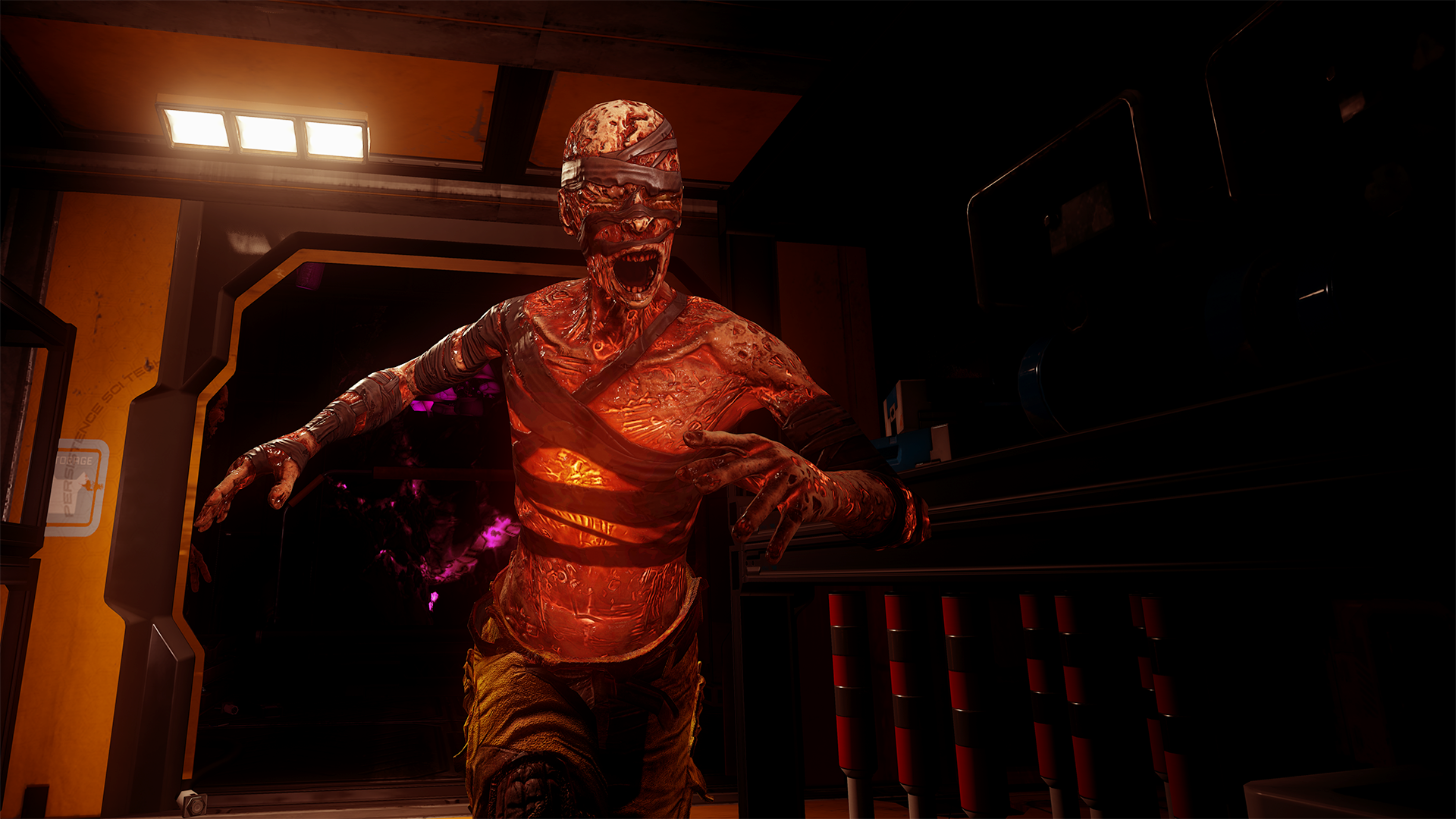
-
The Persistence July 2018 #2

-
The Persistence July 2018 #3
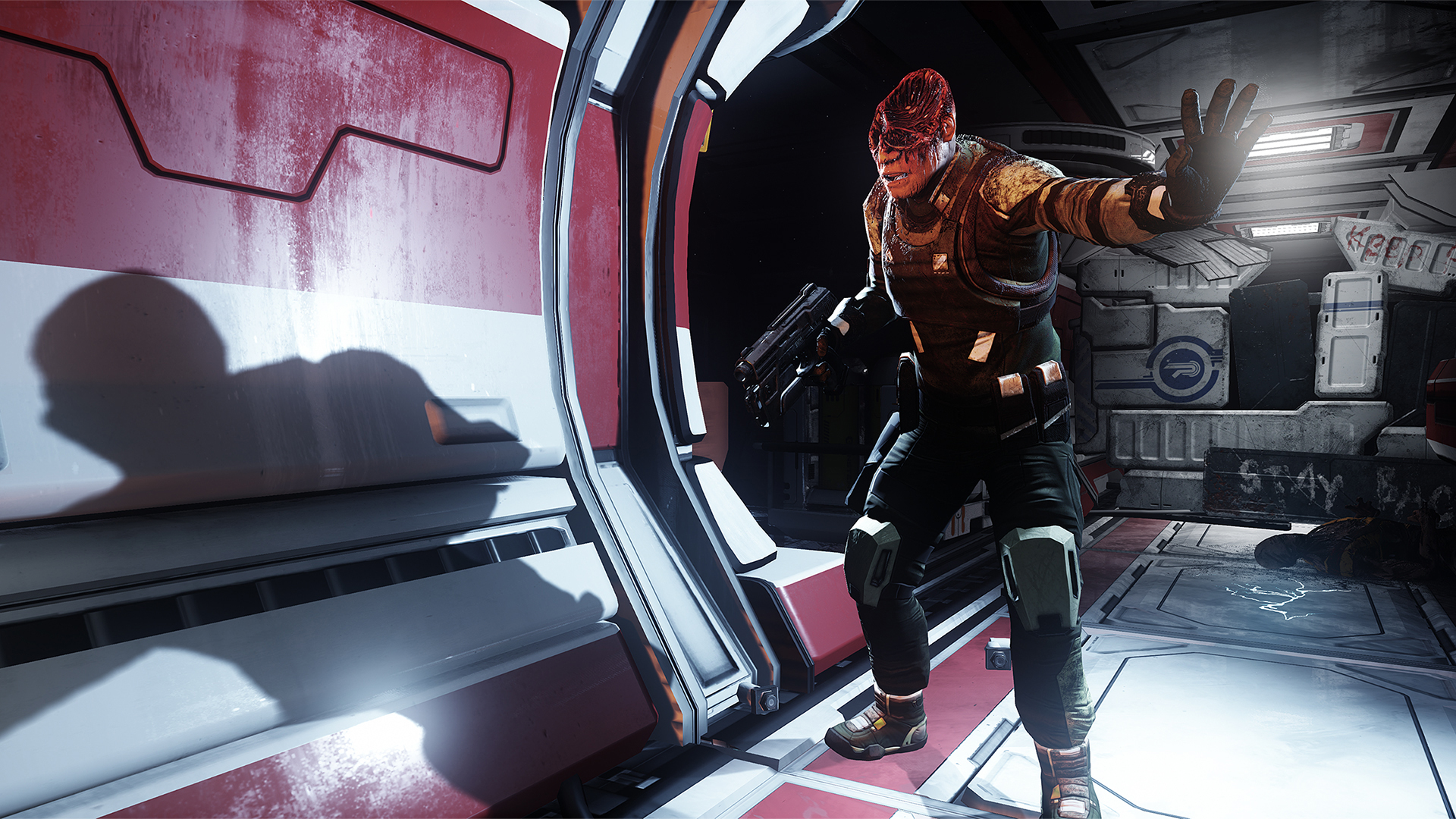
-
The Persistence July 2018 #4
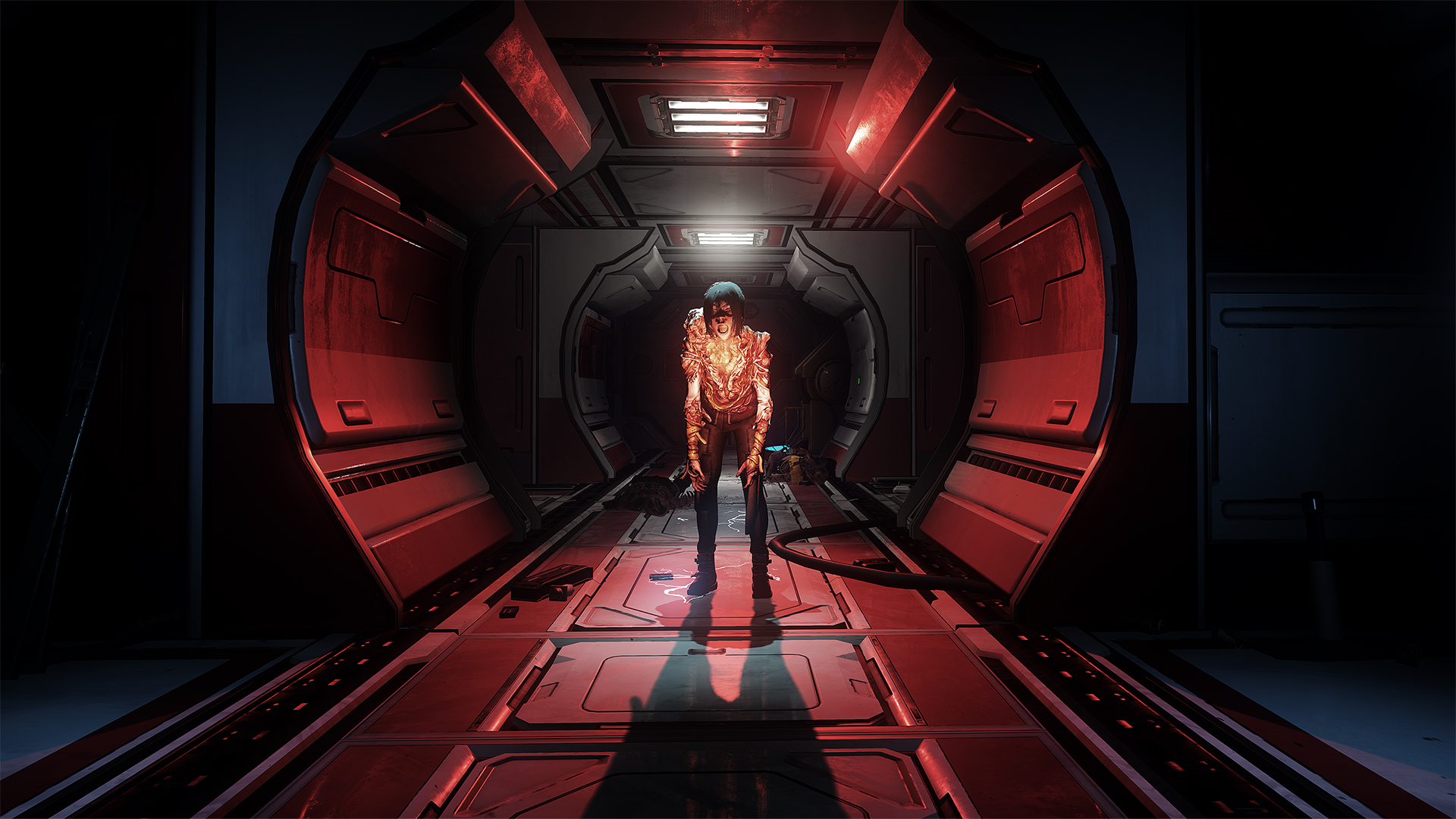
-
The Persistence July 2018 #5
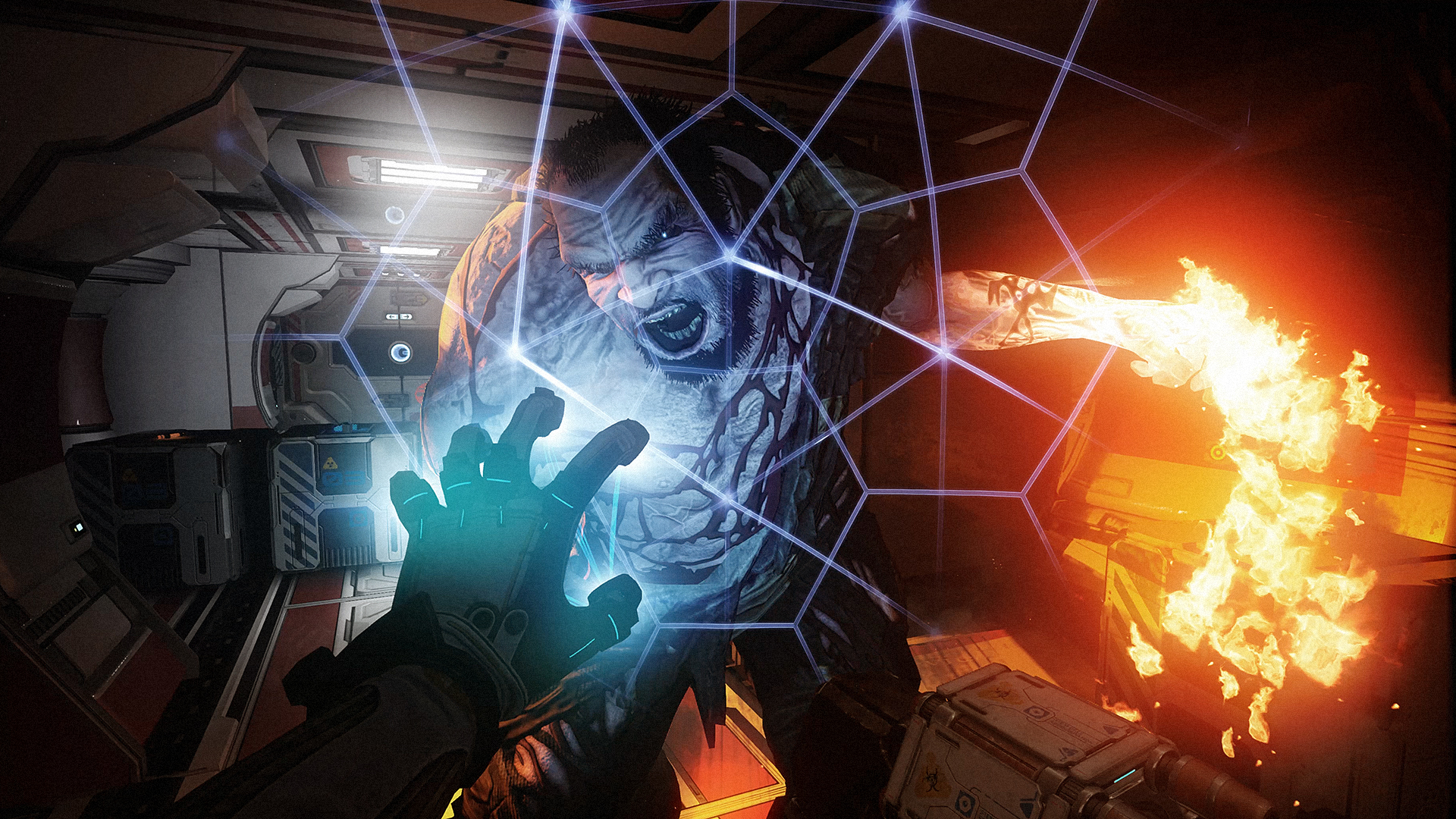
-
The Persistence July 2018 #6
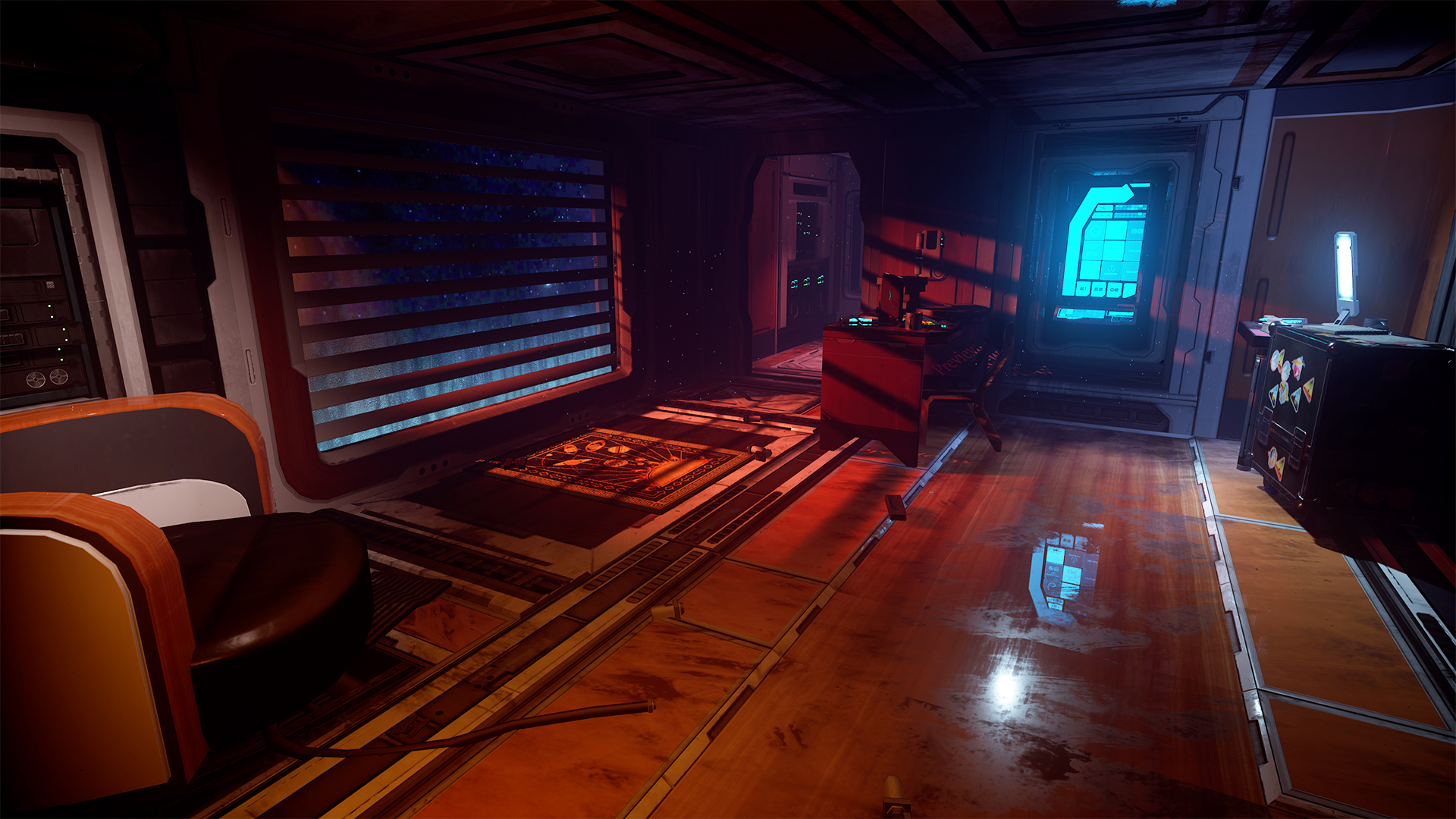
-
The Persistence July 2018 #7
